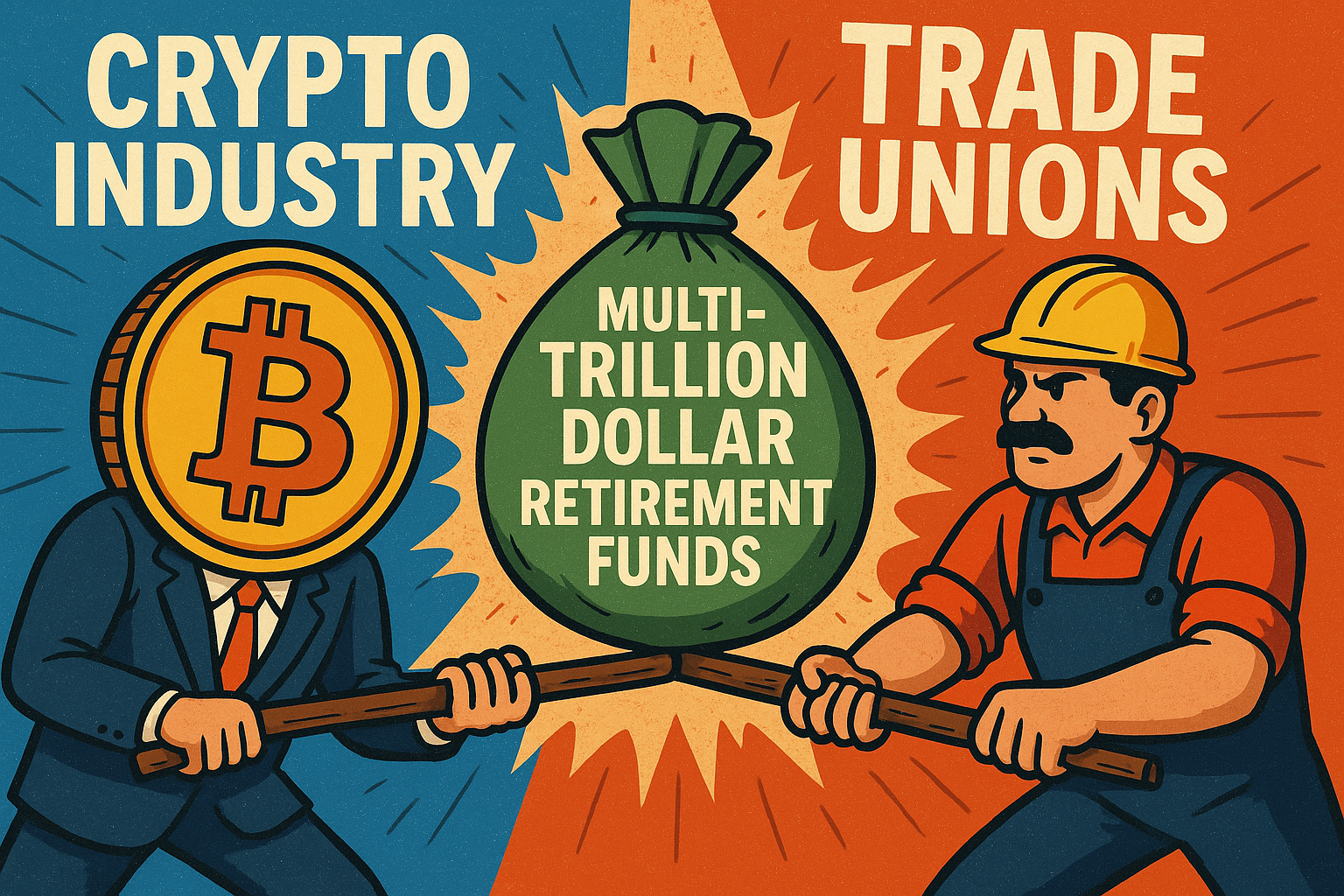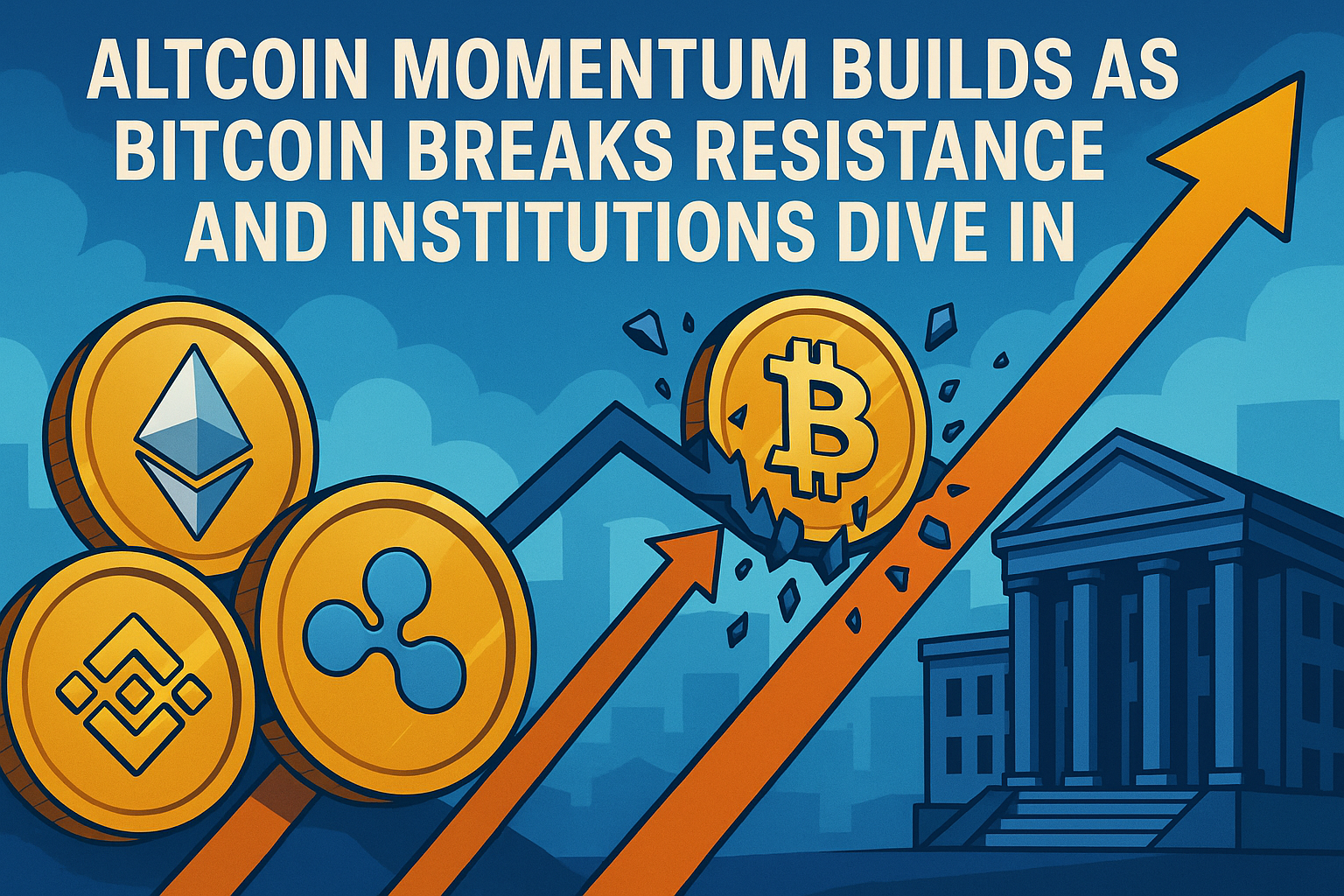Table of Contents
If you're considering crypto futures trading, there's a wealth of knowledge to acquire. It's essential to thoroughly understand technical skills and the foundational trading principles before diving in. Crypto futures may seem daunting initially, with complex terms such as leverage and crypto funding rate frequently used. However, with the insightful and engaging guidance that awaits you in the upcoming sections, you'll quickly become acquainted with the exciting world of crypto futures, mastering its key characteristics and aspects before you know it.
What Are Crypto Futures?
Cryptocurrency futures represent agreements between two parties who speculate on the future value of a cryptocurrency. These instruments enable you to obtain exposure to certain cryptocurrencies without the need to own them directly. These types of futures are traded both on established platforms like the Chicago Mercantile Exchange (CME) and various cryptocurrency-specific exchanges.
A crypto futures contract is composed of three essential elements:
- Expiration date: This is the date on which the contract is due to be executed. At this point, one party is obligated to purchase, and the other to sell at the price they previously agreed upon.
- Units per contract: This aspect determines the value of the contract in terms of the cryptocurrency involved, and it can differ from one trading platform to another.
- Leverage: This feature allows traders to amplify their potential profits by trading with borrowed capital, effectively increasing their position size.
Settlement of futures contracts can be conducted in two distinct manners:
- Physically delivered: This method involves the actual purchase and delivery of the cryptocurrency to the buyer at the time of settlement.
- Cash-settled: In this case, the settlement involves a cash exchange between the buyer and the seller at the end of the contract.
Most cryptocurrency trading platforms feature a unique form of crypto futures known as perpetual futures contracts. These contracts are distinct in that they do not expire. In such contracts, there are two engaging parties — one assumes a long position, anticipating a price increase, and the other takes a short position, anticipating a price decrease. These parties are obligated to make payments to one another periodically.
The payment direction hinges on the contract's price relative to the market price of the underlying cryptocurrency. If the contract trades at a premium, the party with the long position pays the party with the short position. If it trades at a discount, the payer and payee roles are reversed.
The size of the payment is proportional to the deviation of the perpetual futures contract's trading price from the underlying asset's market price. Although these payments are typically made every eight hours, the exact timing may vary among exchanges. The objective of these payments is to ensure the contract price mirrors the market price of the underlying asset as closely as possible, which contrasts with traditional futures contracts that settle financially only once at an agreed-upon future date.
What Is Crypto Futures Trading?
Trading platforms facilitate the pairing of buyers and sellers for each futures contract, ensuring that the exchange itself doesn't act as a trading participant.
When an individual purchases a futures contract, their potential for profit arises as the price of the contract increases, which typically occurs alongside a rise in the price of the underlying cryptocurrency.
Conversely, when an individual opts to sell a futures contract, they stand to gain if the price of the contract decreases, reflecting a decrease in the price of the underlying crypto asset.
Futures trading operates on the principle of a zero-sum game, where gains by one participant necessitate equivalent losses by another. As futures contracts represent direct agreements between traders, both the buyer and the seller must come to a consensus on the contract's terms, including the expiration date, the size of the contract, and the level of leverage used.
As previously noted, the majority of cryptocurrency futures contracts are of the perpetual variety, which means they do not have a set expiration date.
How to Start Trading Crypto Futures
Numerous futures markets exist today, and it's advisable to choose from the most well-regarded platforms such as ByBit, Binance, WhiteBIT, BitMEX, and others that offer robust client security.
Alternatively, you could utilize crypto aggregators like Bitsgap, which consolidate multiple exchanges in one location and offer extra tools like demo trading or automated bots suitable for futures trading. For instance, Bitsgap provides two types of bots for the Binance Futures market: the COMBO futures bot and the DCA (Dollar Cost Averaging) Futures bot. Different trading platforms may offer various tools, so you should explore them based on your individual trading objectives and the exchanges you prefer.
The critical factor to grasp before venturing into futures trading is the importance of risk management. Given the inherent risks in futures trading, it's crucial to diversify your investments and make calculated decisions based on thorough research and technical analysis rather than placing all your resources into a single strategy.







